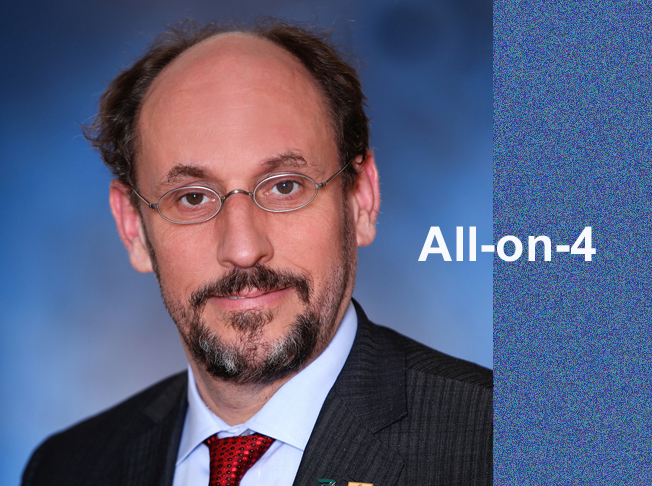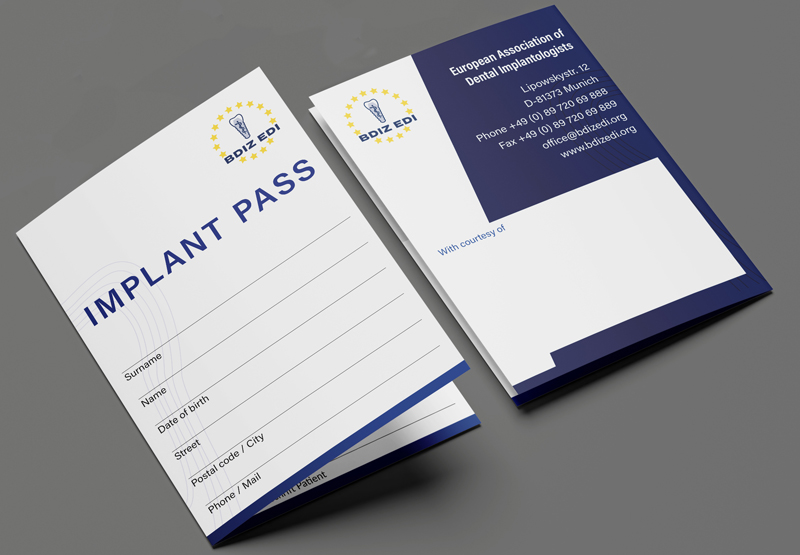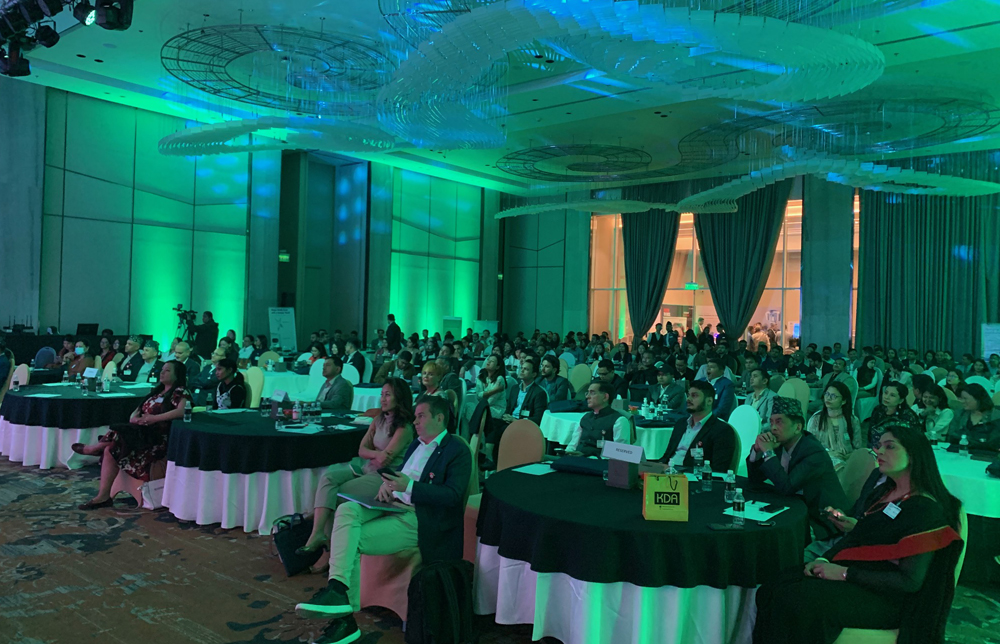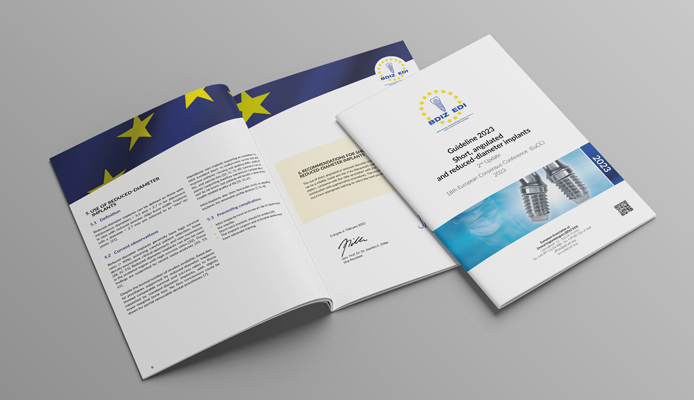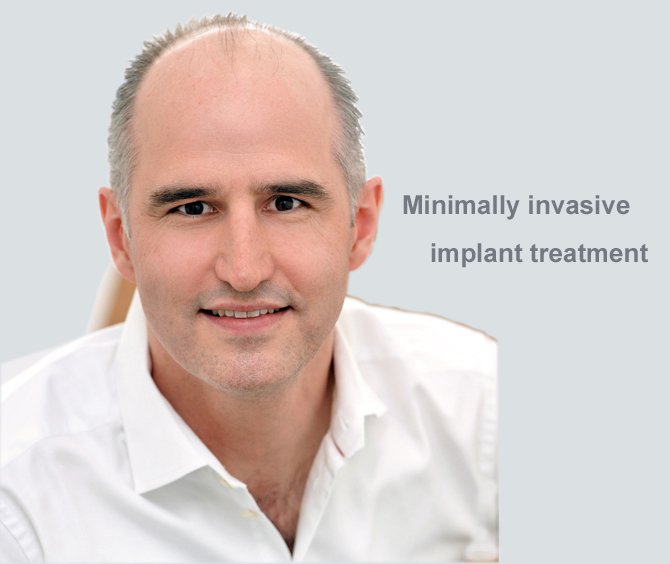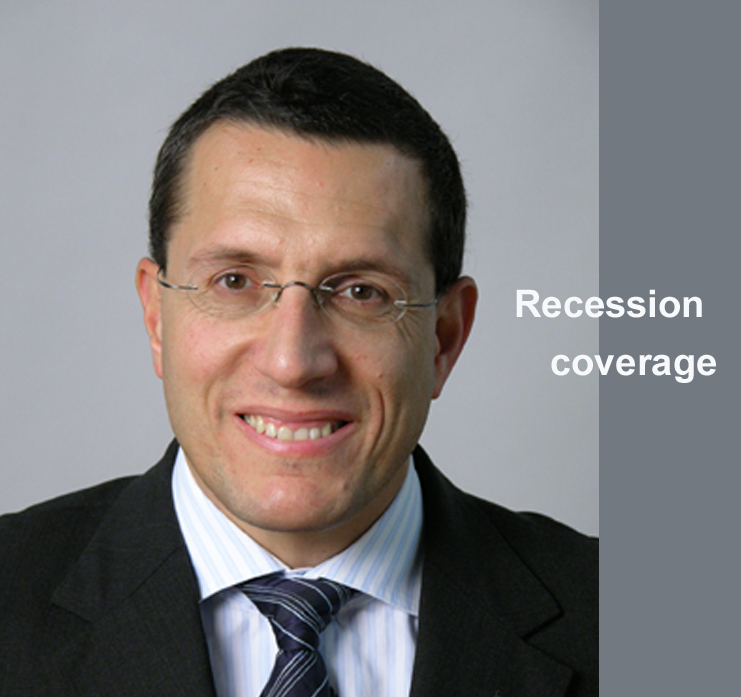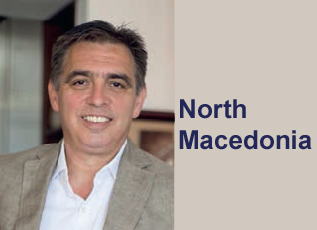Prof. Dr Jörg Neugebauer, Secretary General of BDIZ EDI, delivered the presentation (originally to be held by Dr Wolfgang Bolz, who could not attend owing to illness) on periodontal restoration with All-on-4: edentulism as an opportunity or a risk. The presenter certainly had more than ample experience to highlight the issue, given the several hundred cases treated with this concept at his Landsberg practice that used all common implant systems, provided the appropriate abutments had been inserted.
Prof. Neugebauer addressed the topic of how this prosthetic concept performed in periodontally damaged dentitions – How much surgery? How many implants? – by citing several of his own cases. He also took up the question of whether to provide fixed or removable restorations, referring to the 2016 Guideline of the 11th European Consensus Conference of BDIZ EDI that makes recommendations on restorations with short, angulated and reduced-diameter implants. Provided that the specific treatment parameters are observed, this minimally invasive implant approach can be a reliable treatment option in sites with reduced bone volume given the risks associated with the use of standard-dimension implants in combination with augmentation procedures. The All-on-4 and All-on-6 concepts now facilitate fixed restorations on a reduced number of implants. This has the advantage that patients now have to perform oral hygiene for only three interdental spaces instead of ten or twelve.
In Neugebauer’s view, the following factors are important for all periodontal restorations with All-on-4: the reduction of periodontal risk factors; a standardised procedure that provides stable long-term results; patient motivation and guidance; and an active network consisting of the oral surgeon, the prosthodontist, and the dental hygienist.

